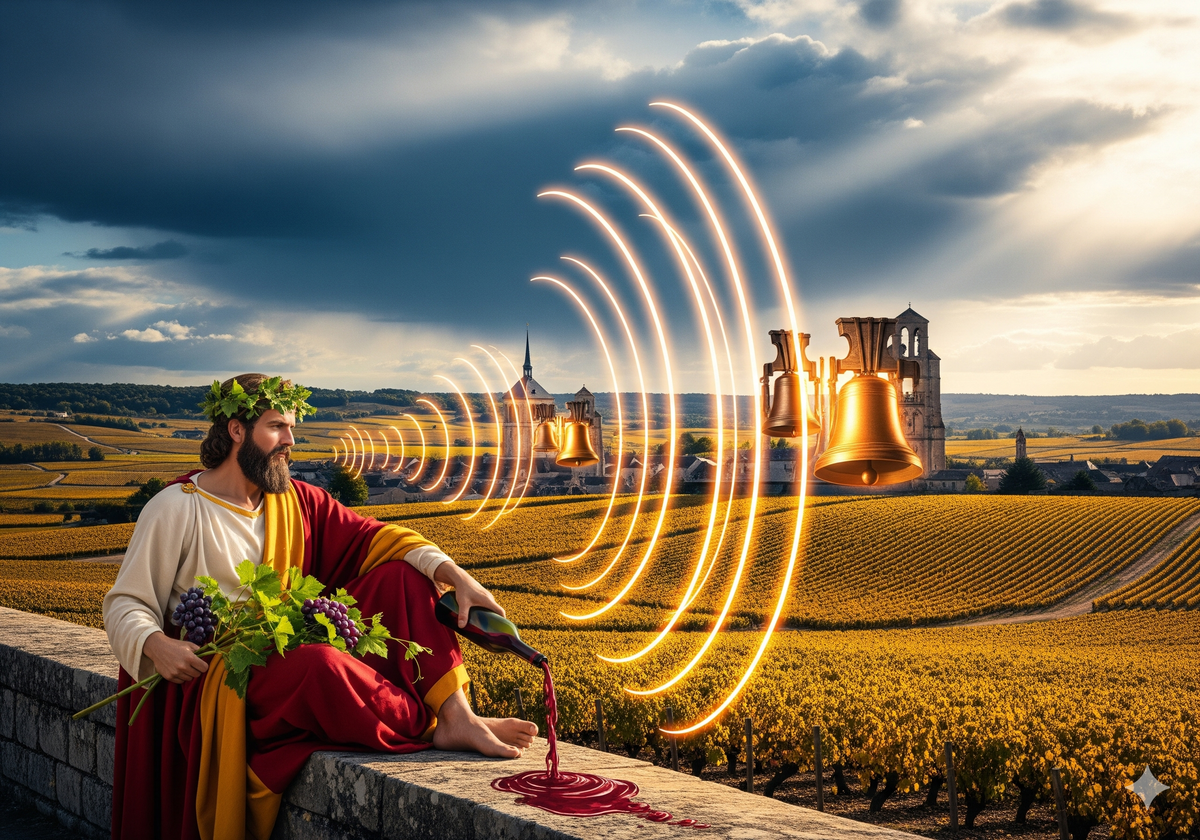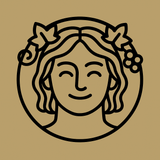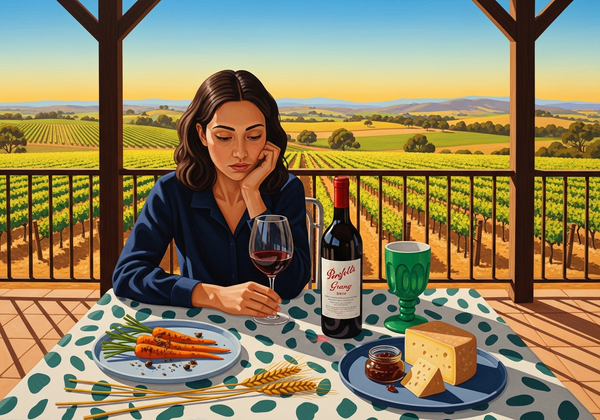Château Angélus: The Bells That Shook Saint-Émilion
Château Angélus, famed for its bell-inspired name and Cabernet Franc-driven style, rose to Bordeaux’s top tier as Premier Grand Cru Classé “A.” From triumph to controversy to independence, Angélus remains a Saint-Émilion icon.

From family toil to global fame, Angélus rose from the sound of church bells to the top of Bordeaux’s hierarchy — and fought to keep its crown.
The Beginning: A Vineyard Between Bells
The story of Château Angélus begins in the heart of Saint-Émilion, where vines have wrapped the limestone hills since the Romans. The modern estate traces back to the 18th century, when the de Boüard de Laforest family took root.
Its name comes from the “angelus bells” — church bells that could be heard ringing simultaneously from three surrounding chapels. Workers in the vineyards would pause to pray. Wine, work, and faith became inseparable.
The estate itself was modest for much of its history. In a Right Bank landscape dominated by Cheval Blanc and Ausone, Angélus was a vineyard waiting for its moment.
The Rise: Hubert de Boüard’s Revolution
That moment came in the 1980s, when Hubert de Boüard de Laforest, eighth-generation descendant, took control. Educated in Bordeaux and Burgundy, he brought a new philosophy to Saint-Émilion:
- Cabernet Franc as a Crown Jewel: While Merlot dominated the Right Bank, Angélus leaned heavily on Cabernet Franc, giving its wines a distinctive perfume, structure, and longevity.
- Precision Viticulture: Lower yields, canopy management, and parcel-by-parcel attention raised quality across the estate.
- Modern Winemaking: Temperature-controlled vats, new oak barrels, and longer macerations brought power and polish.
By the 1990s, Angélus was no longer just another Saint-Émilion château. It was a rising star, earning critical acclaim and high scores, its wines recognized for both lushness and discipline.
The Crown: Premier Grand Cru Classé “A”
The Saint-Émilion classification, unlike the Médoc’s 1855, is revised roughly every decade. In 2012, after years of ambition and investment, Château Angélus was promoted to the highest rank: Premier Grand Cru Classé “A.”
It joined Ausone, Cheval Blanc, and Pavie at the very summit of Saint-Émilion. For Hubert de Boüard, it was vindication — the bells of Angélus had reached Bordeaux’s highest tower.
The Controversy: Politics and Prestige
But triumph brought controversy. Hubert de Boüard’s role on the Saint-Émilion classification committee raised accusations of conflict of interest. Legal challenges and disputes erupted, with critics claiming the 2012 promotion was tainted.
Though Angélus defended its integrity and retained its rank, the controversy cast a shadow over Bordeaux’s only revisable classification. In 2022, facing ongoing legal battles and uncertainty, Angélus withdrew from the classification altogether.
The message was bold: we no longer need the crown — the bells ring loud enough on their own.
The Wine: The Voice of Cabernet Franc
What defines Angélus in the glass? It is Merlot’s plush fruit wrapped in the floral, spicy, structural grip of Cabernet Franc — often around 40–50% of the blend, far higher than most neighbors.
- Young: Dense blackberry, plum, violets, spice. Rich but refined.
- Mature: Tobacco, truffle, cedar, iron — wines that can age gracefully for decades.
- Style: Full-bodied, opulent, but always marked by a cool tension from Franc.
In good vintages, Angélus rivals not just Saint-Émilion’s best, but the greatest wines of all Bordeaux.
Liber’s Take: Bells That Defy Kings
What I admire in Angélus is its blend of tradition and audacity. It clung to the humble sound of bells, yet dared to elevate Cabernet Franc to grandeur. It fought its way to the highest rank, then walked away when the crown grew heavy.
Like me, Angélus understands that true power is not given, it is taken — and, when necessary, thrown back.
To drink Angélus is to hear the resonance of bells across limestone hills, echoing faith, rebellion, and triumph.
Conclusion: Why Angélus Matters
Château Angélus is not just another Bordeaux château. It is a symbol: of Saint-Émilion’s capacity for reinvention, of the beauty of Cabernet Franc, and of the courage to both claim and reject crowns.
Angélus: the bells that shook Saint-Émilion, and the wine that still makes the world pause in reverence.





